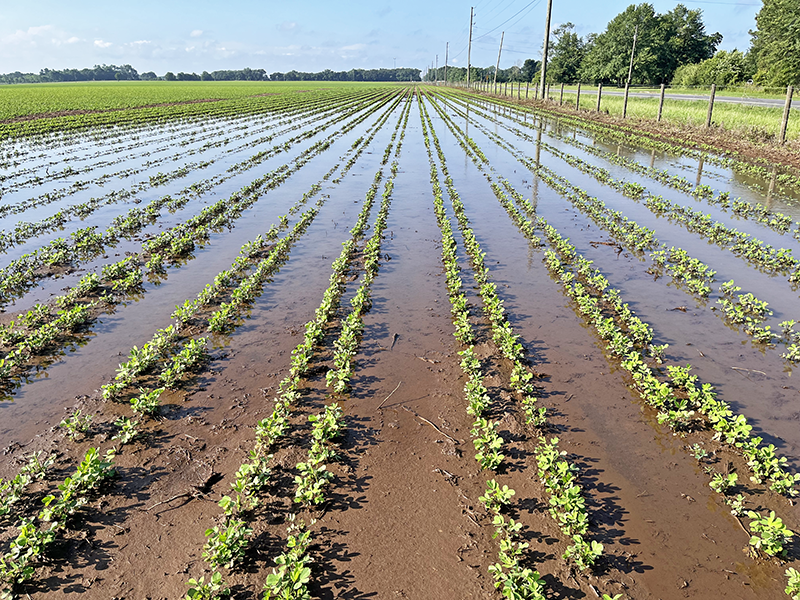Ed Borgato, UF/IFAS Weed Scientist, West Florida Research and Education Center – Jay
A suitable variety planted in the appropriate window, with fertilizer applied in the appropriate timing, at the required rate for desired yield, plus weeds, insects, and diseases controlled when reaching certain thresholds, and so on. The success of our growing season is defined by many factors that depend on the economics of our business.
Weed management is an important component of our cropping systems but it must be done the “Right” way in order to be successful. This means using the Right Herbicide for the specific crop and weed species, at the Right Rate to be effective, and at the Right Time for optimal control. Developing a successful chemical weed control plan is similar to putting the pieces of a jigsaw puzzle together. It’s about the herbicide, rate and timing of application. An herbicide application is going to succeed if the three R’s and label recommendations are taken into consideration – and very likely to fail if those aren’t. Beyond the label and three R’s, weather also plays a huge role in the successful completion of the weed management jigsaw puzzle.
Periods of drought or excessive rainfall observed in the Panhandle can seriously affect the performance of herbicides. Preemergence herbicides can remain effective without rainfall for 7 to 14 days, depending on the chemistry and soil type, but the majority of residual herbicides need 0.5 to 1” to become available in the soil solution. So, drought not only allows herbicides to be photodegraded or volatilize, but also reduces the amount available for weed seedlings uptake. On the other hand, excessive rainfall can cause preemergence herbicides to leach into the soil or move with surface runoff. Either of these extremes can reduce herbicide efficacy, due to a reduction in the amount of herbicide available in the zone where weed seeds are present/germinating.
In a postemergence weed management scenario, rainfall shortly after application can wash the herbicide off the weed foliage before it has been absorbed, reducing efficacy. Also, weeds present in saturated soils may uptake less herbicide due to excessive water content in plant tissue. Alternately, drought conditions can also affect the performance of postemergence herbicides. Drought stressed plants can be more difficult to manage with herbicides due to the plants’ possible development of thicker cuticles, reduced transpiration, and altered metabolism leading to reduced efficacy associated with limited absorption and translocation.

Peanut field near Jay, FL in June 2025. Excessive water can cause herbicide leaching or runoff. Credit: Ednaldo Borgato, UF/IFAS
–
Chemical weed control is threatened when dealing with adverse weather conditions. Scouting fields and identifying the weeds will support a more robust weed control plan addressing specific need. Adopting multiple methods of weed control will help reduce the dependance on herbicides. Cover crops can help providing weed suppression in early season, complementing residual herbicides. Incorporating mechanical weed control can be effective for eliminating small weeds even under dry conditions. For postemergence herbicide treatments, plan the herbicide applications based on weather forecasts to avoid rain after applications – refer to product label for rainfast intervals. Understanding and anticipating the impacts of excessive rain and drought on herbicide efficacy can support proactive measures to optimize weed control in adverse weather conditions.
- Where Did That Weed Come From? The Importance of Weed Management Practices and Timings - December 5, 2025
- Sustainable U.S. Peanuts Kicks Off 2025 Crop Enrollment - December 5, 2025
- Grant Opportunity Available to Attend American Forage & Grassland Council Conference, Ashville – January 12-15 - December 5, 2025
